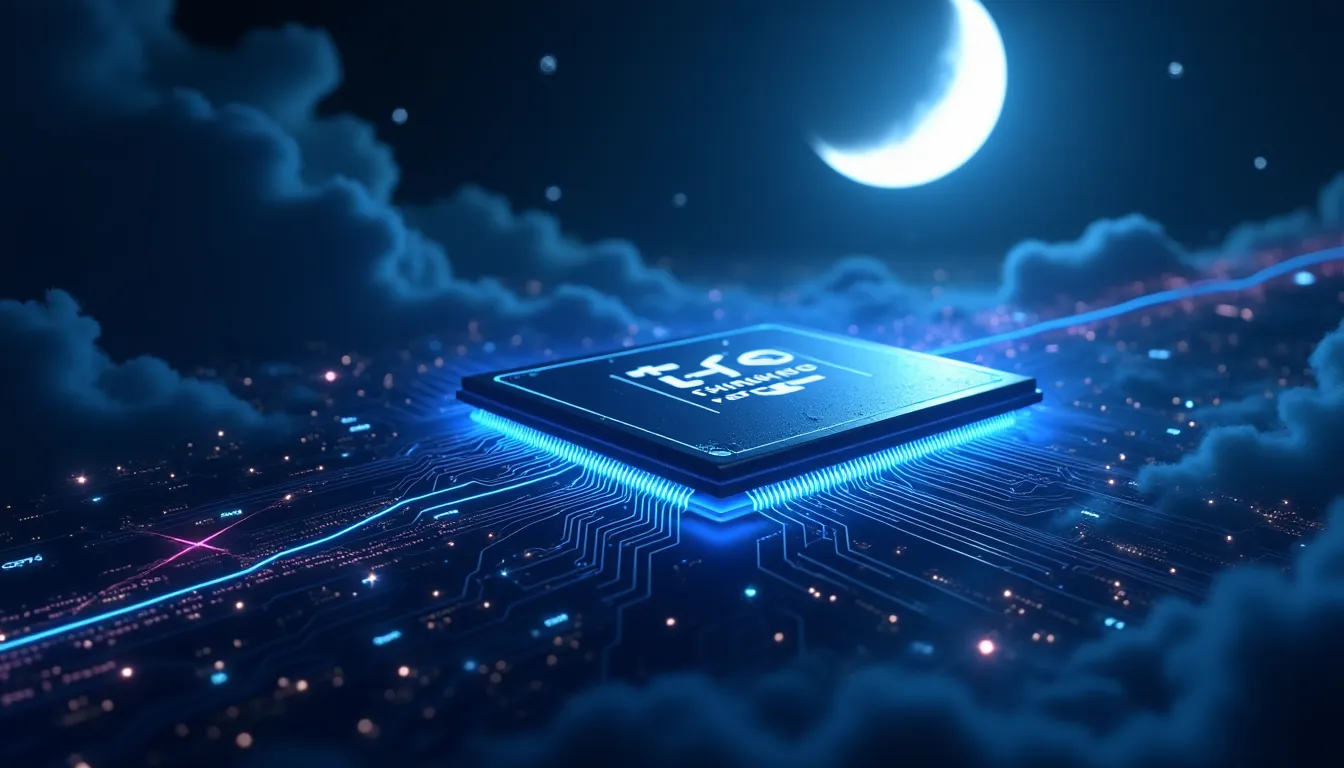Key Highlights
- Moonshot AI’s Kimi K2 Thinking model outperforms OpenAI’s GPT-5 and Anthropic’s Claude Sonnet 4.5 in multiple benchmarks
- The model’s training cost was approximately $4.6 million, significantly lower than its US counterparts
- Kimi K2 Thinking achieves state-of-the-art performance in reasoning, coding, and agent capabilities
The recent release of Moonshot AI’s Kimi K2 Thinking model has sent shockwaves through the AI community, as it surpasses OpenAI’s GPT-5 and Anthropic’s Claude Sonnet 4.5 in multiple performance benchmarks. This move reflects broader industry trends, where Chinese companies are increasingly challenging the dominance of US-based AI developers through cost-efficient innovation and open-source development strategies. The Kimi K2 Thinking model’s impressive performance has sparked renewed debate about the future of AI development and whether the US will maintain its lead in the field.
The Rise of Chinese AI Innovation
The success of Moonshot AI’s Kimi K2 Thinking model is not an isolated incident. Other Chinese companies, such as DeepSeek and Qwen, are also making significant strides in AI development, often through open-source collaborations. This approach allows them to leverage the collective expertise of the global developer community, driving innovation and reducing costs. As a result, Chinese AI companies are becoming increasingly competitive, challenging the narrative of American AI supremacy. The Kimi K2 Thinking model’s achievement is a testament to the power of this approach, with the model achieving state-of-the-art performance in various benchmarks, including:
- Humanity’s Last Exam: 44.9%
- BrowseComp: 60.2%
- Seal-0: 56.3%
Market Implications and Future Outlook
The release of the Kimi K2 Thinking model has significant implications for the AI market, as it challenges the traditional dominance of US-based AI developers. The model’s lower training cost and open-source nature make it an attractive option for companies looking to adopt AI solutions without breaking the bank. As the AI landscape continues to evolve, it is likely that we will see more collaborations between Chinese and international companies, driving innovation and reducing costs. The future of AI development will be shaped by the interplay between these factors, with companies that adapt to these changes poised to thrive in the emerging AI ecosystem.
Conclusion
The emergence of Moonshot AI’s Kimi K2 Thinking model marks a significant turning point in the AI industry, as Chinese companies increasingly challenge the dominance of US-based AI developers. As the AI landscape continues to shift, it is essential to stay informed about the latest developments and innovations. The Kimi K2 Thinking model’s impressive performance is a testament to the power of open-source collaboration and cost-efficient innovation, and its impact will be felt for years to come.
Source: Official Link
